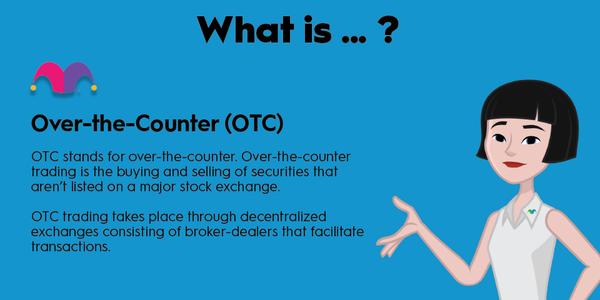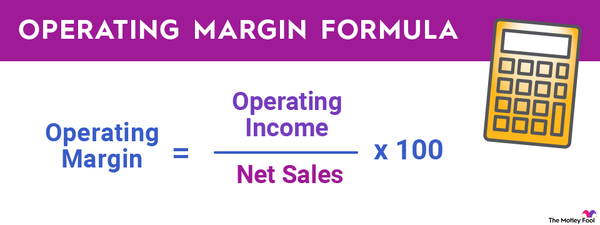Companies need to grow, or they risk becoming inconsequential and dying. They do this through different methods, including organic growth. Using an organic growth strategy is often an inexpensive way to continue a company's trajectory without having to be acquired or merge with the competition.

Definition
What is organic growth?
Organic growth is a process through which companies expand using their own resources rather than utilizing external resources. This type of growth can be slow, but it's also less expensive, since the company doesn't require a loan to grow and can instead work on things like optimizing internal processes and shuffling employees into more efficient roles.
For many small companies, organic growth is their best strategy since it doesn't rely on leveraging too many resources. It also avoids joining with other companies that might not have similar goals or visions for the industry in which they operate.
Organic vs. inorganic
Organic growth vs. inorganic growth
Organic growth is a type of growth that just happens as businesses mature and expand. This type of growth results from products growing in popularity and management working out more efficient ways to produce goods or provide services. Organic growth happens within the existing framework of a company, without any outside funding. It's accomplished simply through improving business processes and due to the effect of time.
Inorganic growth for businesses, on the other hand, happens due to mergers and acquisitions or by borrowing money for activities like opening new locations or new subsidiaries to expand the business. You can tell the difference because inorganic growth involves an increase in assets, operations, liabilities, and liquidity, all of which will appear on the balance sheets.
Over time, if the expansion or merger is successful, that growth becomes organic growth since it's resulting from a fully integrated part of the business.
Strategies
Organic growth strategies
Specific organic growth strategies depend heavily on what the business is doing and offering to the public. In general, however, you can expect organic growth to occur from changes in operations, like:
- Changing marketing or branding strategies.
- Reallocating company efforts and funds into higher-profit areas.
- Developing new products or services that meet untapped customer needs.
- Reaching customers in new places, such as online or at trade shows.
Of course, none of this is possible without tracking key metrics that can act as performance indicators and using those metrics to develop actionable steps that grow the company's business activities. The key to organic growth is generally delivering more products or services to more customers, who are so delighted that they become brand ambassadors, helping the company to grow even more.
Related investing topics
Why it matters
Why organic growth matters to investors
Although inorganic growth is fast and can increase a company's profitability almost instantly, it also can crash and burn spectacularly. Investing a lot of money into new branches that don't become profitable is a dangerous move for businesses and the people who invest in them.
On the other hand, organic growth within a business, large or small, shows that the company is still capable of growth, change, and keeping up with the demands of its customers. Organic growth is slow and takes a lot of effort, but for long-term investors, it fits perfectly with their own investment mindset.
Knowing what your company is doing and why is vital to both understanding where their money comes from and how they'll continue to expand over time.














